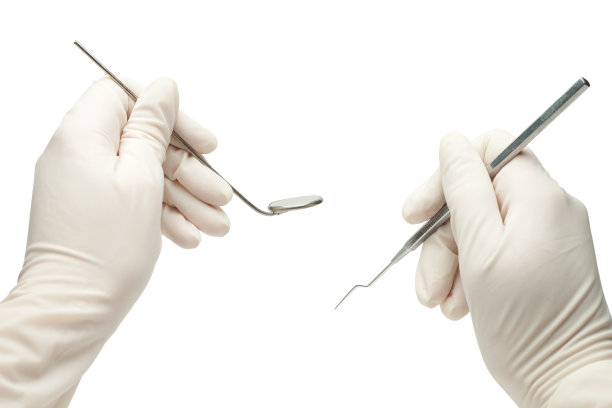Exploring the Benefits and Procedure of Dental Implant Treatment for a Healthier and Confident Smile
Summary: Dental implant treatment has emerged as a revolutionary solution for those seeking to restore their smiles and improve their quality of life. This article explores the various benefits of dental implants, including their aesthetic appeal, functional advantages, and positive impact on oral health. Additionally, we will delve into the step-by-step procedure of dental implant placement, offering insights into preparation, surgery, and aftercare. By understanding both the benefits and the process involved, individuals can make informed decisions about their dental health, leading to a healthier and more confident smile.
1. Aesthetic Appeal of Dental Implants

One of the most significant advantages of dental implants is their ability to restore the natural appearance of teeth. Unlike dentures, which may slip or look artificial, dental implants are designed to look and feel like your own teeth. They are custom-made to match the color, size, and shape of your existing teeth, creating a seamless blend within your smile.
Moreover, the use of dental implants can prevent the facial structure from collapsing due to bone loss, which often occurs after tooth loss. By stimulating the jawbone, implants help maintain facial aesthetics and prevent the sunken look that can accompany missing teeth. This ensures that patients not only regain their functionality but also keep their youthful appearance.
In conclusion, dental implants offer unmatched aesthetic benefits, contributing to a smile that instills confidence and improves overall self-esteem.
2. Functional Advantages of Implants
Dental implants provide significant functional benefits that enhance daily living. One major advantage is the restoration of chewing efficiency. Missing teeth can hinder one’s ability to eat certain foods comfortably; however, dental implants allow patients to chew food effectively and enjoy a balanced diet.
Additionally, dental implants help maintain bite alignment. When one or more teeth are missing, the surrounding teeth can shift, altering the bite and leading to issues like teeth grinding or jaw pain. With properly placed implants, the original bite alignment can be preserved, thus preventing further dental complications.
Furthermore, unlike traditional dentures, dental implants do not require adhesives or special cleaning methods. Patients can brush and floss them just like their natural teeth, making dental hygiene more convenient and effective.
3. Positive Impact on Oral Health
Dental implants play a vital role in promoting better oral health. When a tooth is lost, the underlying jawbone begins to deteriorate due to lack of stimulation. Implant placement stimulates the bone, helping to preserve its density and shape. This not only maintains the integrity of the jaw but also reduces the risk of future tooth loss.
Moreover, dental implants help prevent periodontal disease, as they do not compromise the health of adjacent teeth. Unlike bridges that require alteration of neighboring teeth, implants stand alone without affecting surrounding dental structures, contributing to healthier gums and teeth.
In addition to maintaining the structural health of the jaw and surrounding teeth, dental implants also allow for improved oral hygiene. As they can be cleaned just like natural teeth, patients are more likely to maintain a rigorous dental care routine, leading to better overall oral health.
4. Understanding the Implant Procedure
The procedure for dental implants involves several steps, starting with a comprehensive dental evaluation to determine suitability. This may include X-rays or 3D scans to assess bone density and plan the implant placement. During this initial consultation, patients will also discuss their health history and any concerns they might have.
Once cleared for the procedure, the next step is the surgical placement of the implant. This is typically done under local anesthesia, ensuring patient comfort. The implant, which serves as a replacement root, is inserted into the jawbone and allowed to heal and integrate with the bone over the next few months.
After the healing period, which varies by individual, an abutment is placed on the implant to hold the crown. Finally, a custom-made crown is attached, completing the process. Post-operative care and periodic check-ups ensure that the implants remain healthy and functional for many years.
Summary: Exploring the benefits of dental implants provides clarity on how this treatment can dramatically enhance one’s quality of life. They not only improve aesthetics and function but also contribute positively to oral health. Understanding the detailed procedure empowers potential patients to embrace this life-changing dental treatment confidently.
This article is compiled by Vickong Dental and the content is for reference only.



